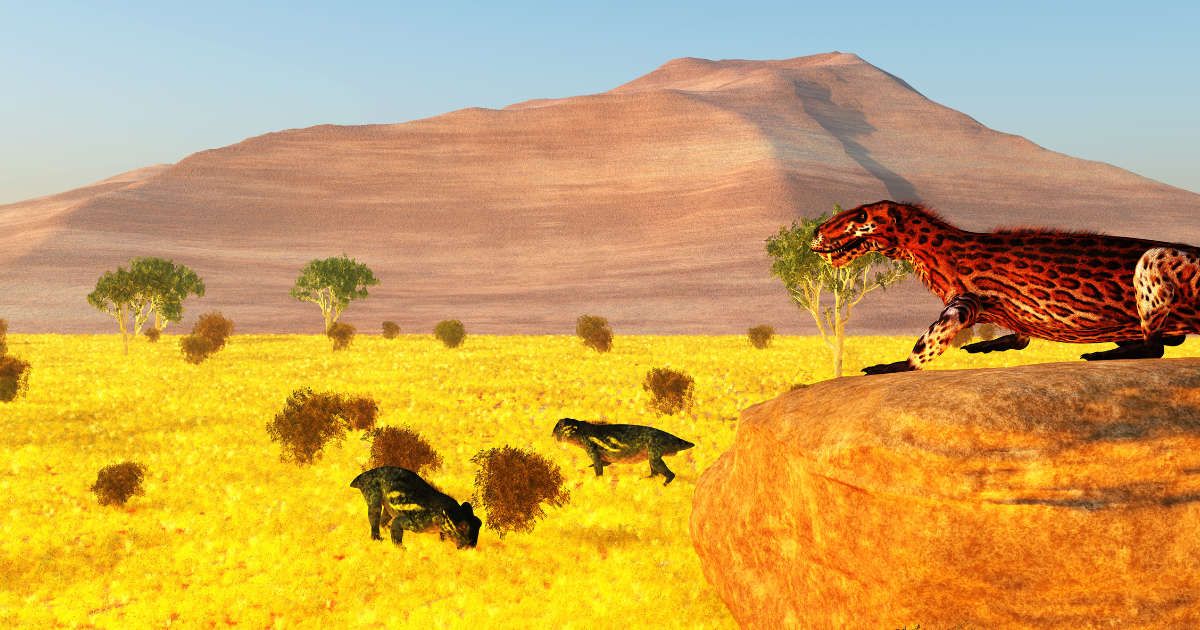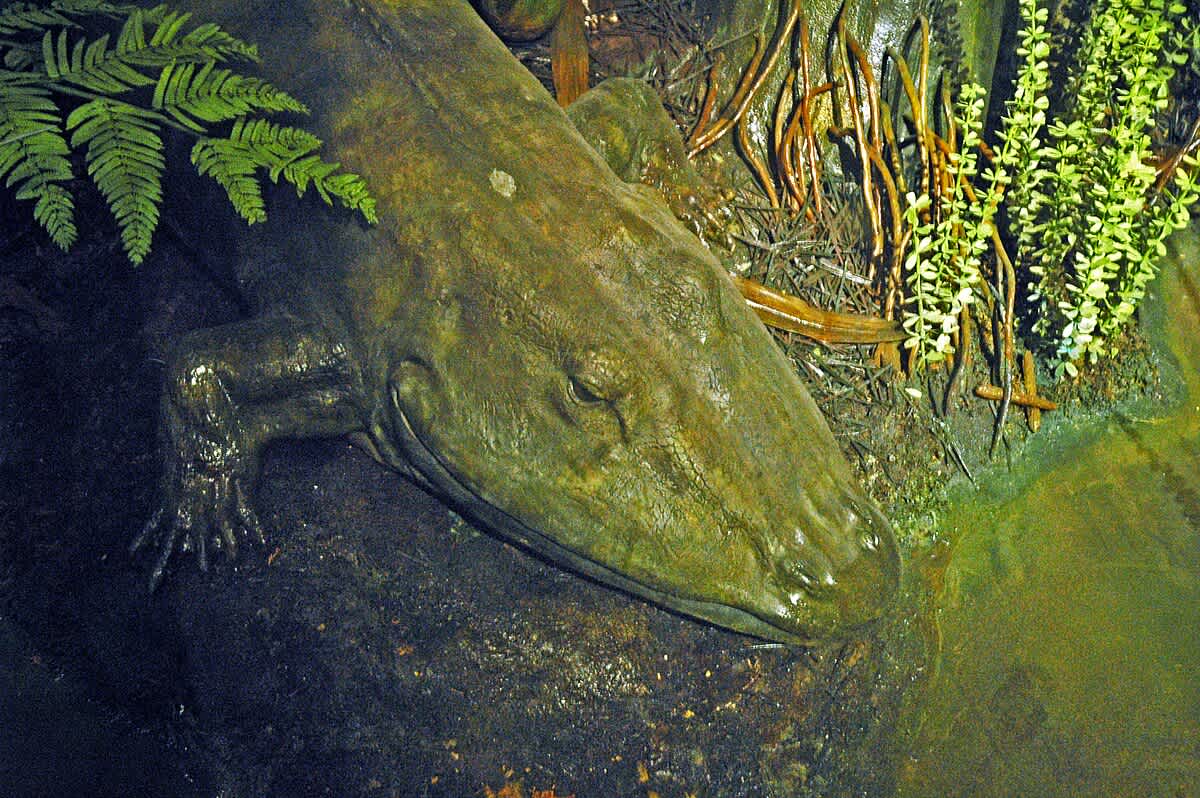New Information About Survival During Permian and Extinction After ‘Great Dying’ Comes From Tanzania and Zambia

Crucial insights from the Permian period have arrived from Tanzania and Zambia. These insights have been explained in a series of studies published in the Journal of Vertebrate Paleontology. The Permian period began 299 million years ago and ended around 252 million years ago. Its ending is one of the most noteworthy events in Earth's history, as it led to the wiping out of around 70% of terrestrial species and an even larger quantity of marine species. This event has been labeled as "Great Dying" by experts. Researchers are hopeful that the Permian remains they uncovered in Tanzania and Zambia will help them understand not only which species thrived during that period, but which did not make it out and why.

Insights from the Remains
The series of studies reveals several new species of dicynodonts that lived during the Permian period in present-day Tanzania and Zambia, according to Sci News. These reptile-like creatures were small in size and created burrows as shelters. They evolved in the mid-Permian, with a beak-like snout, exhibiting two tusks, aiding in their burrowing. The fossil record showcased that by the time the Great Dying arrived, these creatures had become the most dominant plant-eaters in the ecosystem. New species from other groups, like gorgonopsians and temnospondyls, were also identified in Permian fossil records in Tanzania and Zambia. Now, researchers are looking forward to comparing these findings with available information from the Karoo Basin to understand how these groups and others managed before, during, and after the Great Dying.

Excavation in Tanzania and Zambia
Researchers have been exploring Permian fossils in Tanzania and Zambia for the last 15 years, according to Phys. The team aimed to uncover what species lived during the Permian in southern Pangea, a supercontinent of that period. Before the examination, the best understanding of the Permian and the beginning of the Mesozoic period came from remains in the Karoo Basin of South Africa. The region contained an almost perfect fossil record, which tracked species from the Permian to the Mesozoic period. In the 1930s, experts determined that the remains in Tanzania and Zambia also exhibited a well-preserved fossil record, showcasing several species before, during, and after the Great Dying.
Researchers want to contrast the fossil record of both regions to gain a global perspective of biodiversity during the Permian period. "This mass extinction was nothing short of a cataclysm for life on Earth, and changed the course of evolution," said Christian Sidor, the University of Washington's professor of biology and curator of vertebrate paleontology at the UW Burke Museum of Natural History and Culture. "But we lack a comprehensive view of which species survived, which didn't, and why. The fossils we have collected in Tanzania and Zambia will give us a more global perspective on this unprecedented period in our planet's natural history."
Focus of the Study
The team collected Permian fossils from Tanzania and the Zambia region by conducting several month-long excavation trips. Recently, they discovered remains from three basins, namely the Luangwa Basin in eastern Zambia, the Ruhuhu Basin in southern Tanzania, and the Mid-Zambezi Basin in southern Zambia. Specimens from the region collected by other people and stored in museums were also considered in the studies. "These parts of Zambia and Tanzania contain absolutely beautiful fossils from the Permian," shared Sidor. "They are giving us an unprecedented view of life on land leading up to the mass extinction." Researchers claim this is the largest ever analysis of the fossil record dating back to the pre- and post-Great Dying period from the region.